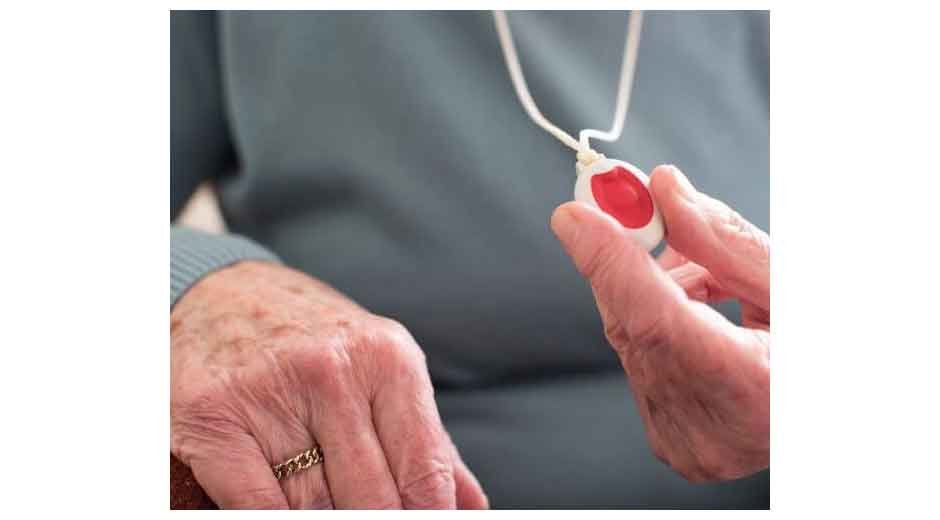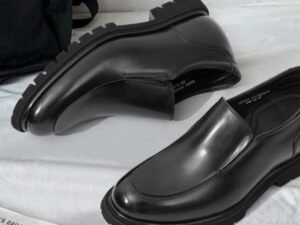What happens when a fall leaves someone unable to reach the phone? What if a medical emergency strikes while they’re home alone? These moments are rare, but when they do happen, they can define everything that comes next. That’s where a personal emergency response system becomes more than just a device. It becomes a lifeline.
Why These Systems Matter More Than Ever
With more people choosing to age at home, safety becomes a real concern. Families want to give their loved ones independence, but they also want reassurance that help is within reach. This is where a personal emergency response system (often called PERS) comes in. They’re simple in concept: wearable or in-home devices that connect the user to emergency services with the push of a button. But their impact goes far beyond that.
It’s about staying in control. Not relying on others for every check-in. And most importantly, getting help fast when the unexpected happens.
What Can Go Wrong When There’s No System in Place
Many think calling 911 is enough. But imagine this:
- Someone falls and can’t reach their phone.
- A stroke makes it impossible to speak clearly.
- A break-in happens in the middle of the night, and time is everything.
In situations like these, delays make all the difference. Without immediate access to emergency response, even a short wait can turn a manageable event into a life-altering one.
That’s why a PERS isn’t just for people already facing health challenges. It’s for anyone who wants to feel safer at home, whether living alone, recovering from surgery, or managing chronic conditions.
Key Benefits That Go Beyond Safety
A personal emergency response system offers more than just an emergency button. The benefits extend into daily life in ways people don’t always expect:
- Confidence to live alone– With support always available, people feel more secure staying in their own home.
- Faster emergency response– Direct lines to trained professionals mean no fumbling for a phone or waiting on hold.
- Reduced anxiety for families– Caregivers and loved ones know that help is close by, even when they can’t be.
- Support during minor issues– Not every call is a crisis. Sometimes it’s about reassurance, a wellness check, or help after a minor fall.
- Independence with backup– Users don’t feel like they’re constantly being monitored, but they know support is there if needed.
- Adaptable to different lifestyles– Whether someone is active and out daily or mostly homebound, there are options that suit their pace.
What Real-Life Use Looks Like
Think about someone living with diabetes. They manage well most days, but one day their blood sugar crashes while they’re alone. With a personal emergency response device, they press a button. Help arrives before the situation spirals.
Or someone in their 70s who slipped in the shower. No major injury, but they couldn’t get back up. Rather than lying there hoping someone checks in, they use their device. Response is quick, calm, and professional.
These aren’t dramatic, rare events. They happen every day. And when help arrives quickly, recovery is smoother, confidence stays intact, and unnecessary hospital stays are often avoided.
Who Should Consider One?
People often think personal emergency response systems are just for the elderly. While they are popular among older adults, they also help:
- People living with disabilities
- Those recovering from surgery
- Anyone with chronic health issues
- People who live alone
- Caregivers who can’t be there 24/7
- Active seniors who want an added layer of safety
Features That Make a Difference
While every system varies, the most helpful ones have a few things in common. These aren’t about flashy technology. They’re about function and ease of use.
- Easy to press buttons – In a real emergency, small or confusing buttons just slow things down.
- Wearable options –Necklaces, wristbands, or clips make it easy to always have access, even in the shower.
- Two-way communication – Being able to speak directly with someone helps clarify the situation fast.
- Fall detection –Some systems can detect a fall automatically and send help, even if the person is unconscious.
- Home and mobile options – Whether staying inside or going out, different systems offer protection wherever needed.
What Makes the Biggest Impact
It’s not just the button or the device. It’s what it represents. It’s the calm that comes from knowing help is only a moment away. It’s the freedom to enjoy each day with fewer worries. And it’s the ability to keep living life the way someone chooses, not defined by fear of “what if.”
For families, it means fewer stressful phone calls. Less panic when someone doesn’t pick up. And more confidence that even if they aren’t nearby, their loved one isn’t alone.
A Lifesaving Tool That Doesn’t Feel Intrusive
Some people worry that using a personal emergency response system means giving up privacy. But the best systems don’t feel like surveillance. They aren’t listening all the time or tracking every move. They’re there when they’re needed, silent when they’re not.
That balance matters. It allows users to feel in control, not monitored. Supported, not watched.
How to Talk About It With Loved Ones
Bringing up the idea of getting a PERS can be sensitive. Some may see it as a sign that others don’t trust them or think they’re vulnerable. But reframing it helps:
- It’s about staying independent, not dependent
- It reduces the need for constant check-ins or worry
- It adds a simple layer of safety, just in case
- It offers freedom, not limits
If approached with care, most people come to see it as a smart step, not a defeat.
When Seconds Count, Every Advantage Helps
You don’t need to wait for something to go wrong to prepare. The people who benefit most from a personal emergency response system are often the ones who never had to use it in a crisis, but felt better knowing it was there.
In critical moments, it’s not luck that saves lives. It’s preparation. A quick response. And the right support system in place.
Because It’s Better to Be Ready
No one plans for a fall. No one expects a medical emergency while doing laundry or watering the garden. But these things happen. And when they do, being prepared can change everything.
A personal emergency response system isn’t just a piece of tech. It’s an extension of a plan to stay safe, stay independent, and stay connected. For anyone looking to protect their health and peace of mind, it’s one of the simplest, most impactful choices they can make.










